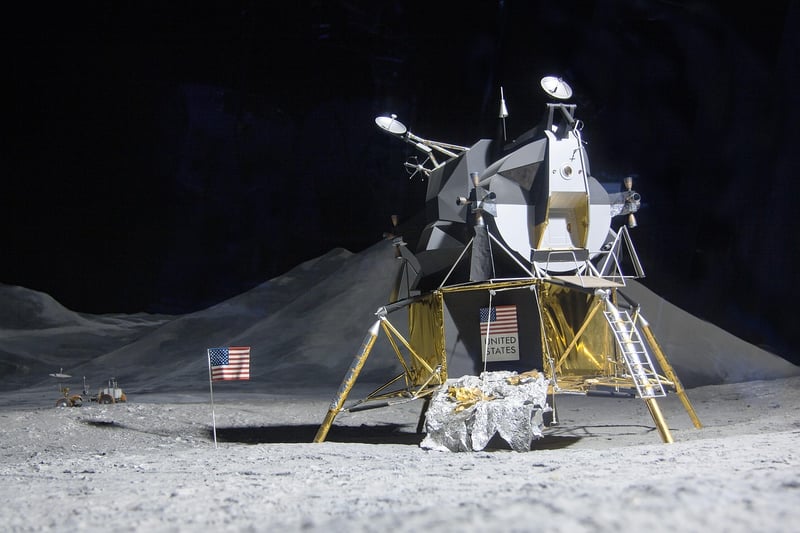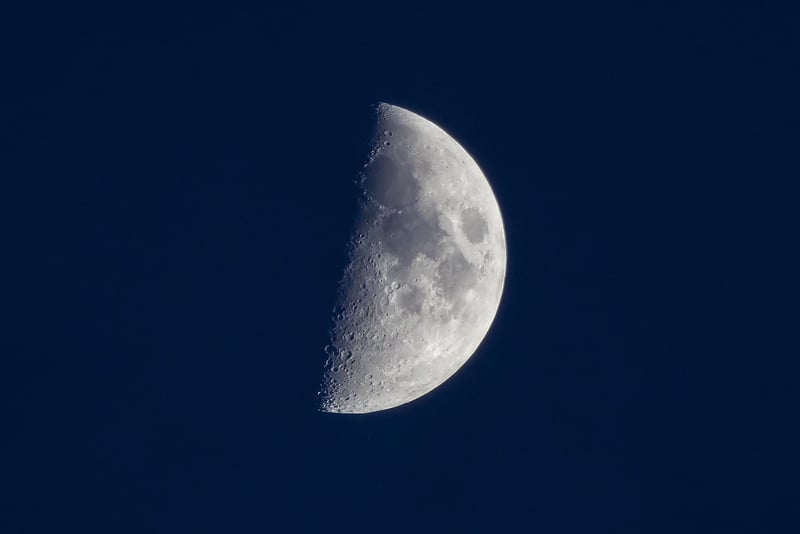Lunar Rovers
The Future is Here: Cutting-Edge Technology Meets Lunar Rovers
Exploring the moon has always been a fascinating endeavor for humanity. From the Apollo missions to the current advancements in space exploration, technology has played a significant role in our quest to unravel the mysteries of the lunar surface. One such technological marvel that has captured the imagination of scientists and enthusiasts alike is the lunar rover.
What are Lunar Rovers?
Lunar rovers are vehicles designed to transport astronauts and equipment across the rugged terrain of the moon. These rovers have evolved over the years, incorporating cutting-edge technology to enhance their capabilities and ensure successful lunar missions.
Evolution of Lunar Rovers
The first lunar rover, used during the Apollo missions, was a simple electric-powered vehicle that allowed astronauts to explore larger areas of the moon's surface. Fast forward to today, and we have sophisticated rovers equipped with AI, robotics, and advanced sensors that can autonomously navigate the lunar landscape.
Benefits of Advanced Technology in Lunar Rovers
- Increased Efficiency: Advanced technology enables rovers to cover more ground in less time, maximizing the data and samples collected during missions.
- Autonomous Operation: Rovers can now navigate autonomously, reducing the need for constant human intervention and allowing for more efficient exploration.
- Enhanced Capabilities: Modern rovers are equipped with state-of-the-art instruments for conducting scientific experiments, paving the way for groundbreaking discoveries.
The Future of Lunar Exploration
With ongoing advancements in technology, the future of lunar exploration looks promising. Concepts like 3D printing of rover parts on the moon, using renewable energy sources for power, and deploying swarms of mini-rovers for extensive surface coverage are being explored.
Conclusion
As we continue to push the boundaries of exploration, the fusion of cutting-edge technology and lunar rovers opens up new possibilities for understanding our celestial neighbor. The marriage of innovation and space exploration heralds a future where humans and machines work together to unlock the secrets of the cosmos.
Image Source: Moon Landing - Apollo 11, 1969

